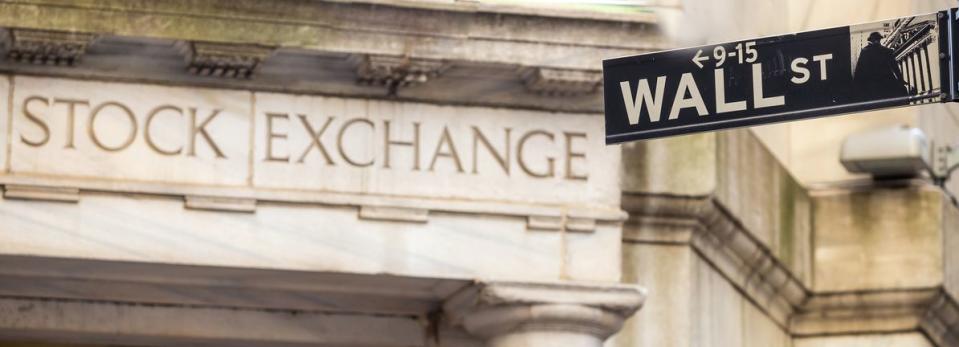Does Intercontinental Exchange, Inc. (NYSE:ICE) Have A Good P/E Ratio?

This article is written for those who want to get better at using price to earnings ratios (P/E ratios). We'll show how you can use Intercontinental Exchange, Inc.'s (NYSE:ICE) P/E ratio to inform your assessment of the investment opportunity. Intercontinental Exchange has a price to earnings ratio of 24.41, based on the last twelve months. That means that at current prices, buyers pay $24.41 for every $1 in trailing yearly profits.
View our latest analysis for Intercontinental Exchange
How Do I Calculate Intercontinental Exchange's Price To Earnings Ratio?
The formula for price to earnings is:
Price to Earnings Ratio = Share Price ÷ Earnings per Share (EPS)
Or for Intercontinental Exchange:
P/E of 24.41 = $90.64 ÷ $3.71 (Based on the year to September 2019.)
Is A High P/E Ratio Good?
A higher P/E ratio means that buyers have to pay a higher price for each $1 the company has earned over the last year. That is not a good or a bad thing per se, but a high P/E does imply buyers are optimistic about the future.
How Does Intercontinental Exchange's P/E Ratio Compare To Its Peers?
We can get an indication of market expectations by looking at the P/E ratio. We can see in the image below that the average P/E (31.6) for companies in the capital markets industry is higher than Intercontinental Exchange's P/E.
Its relatively low P/E ratio indicates that Intercontinental Exchange shareholders think it will struggle to do as well as other companies in its industry classification. Since the market seems unimpressed with Intercontinental Exchange, it's quite possible it could surprise on the upside. It is arguably worth checking if insiders are buying shares, because that might imply they believe the stock is undervalued.
How Growth Rates Impact P/E Ratios
Earnings growth rates have a big influence on P/E ratios. That's because companies that grow earnings per share quickly will rapidly increase the 'E' in the equation. Therefore, even if you pay a high multiple of earnings now, that multiple will become lower in the future. So while a stock may look expensive based on past earnings, it could be cheap based on future earnings.
Intercontinental Exchange shrunk earnings per share by 18% over the last year. But EPS is up 30% over the last 5 years.
Don't Forget: The P/E Does Not Account For Debt or Bank Deposits
One drawback of using a P/E ratio is that it considers market capitalization, but not the balance sheet. In other words, it does not consider any debt or cash that the company may have on the balance sheet. In theory, a company can lower its future P/E ratio by using cash or debt to invest in growth.
While growth expenditure doesn't always pay off, the point is that it is a good option to have; but one that the P/E ratio ignores.
Intercontinental Exchange's Balance Sheet
Intercontinental Exchange's net debt is 14% of its market cap. It would probably deserve a higher P/E ratio if it was net cash, since it would have more options for growth.
The Bottom Line On Intercontinental Exchange's P/E Ratio
Intercontinental Exchange trades on a P/E ratio of 24.4, which is above its market average of 18.3. With modest debt but no EPS growth in the last year, it's fair to say the P/E implies some optimism about future earnings, from the market.
Investors have an opportunity when market expectations about a stock are wrong. People often underestimate remarkable growth -- so investors can make money when fast growth is not fully appreciated. So this free report on the analyst consensus forecasts could help you make a master move on this stock.
Of course, you might find a fantastic investment by looking at a few good candidates. So take a peek at this free list of companies with modest (or no) debt, trading on a P/E below 20.
We aim to bring you long-term focused research analysis driven by fundamental data. Note that our analysis may not factor in the latest price-sensitive company announcements or qualitative material.
If you spot an error that warrants correction, please contact the editor at editorial-team@simplywallst.com. This article by Simply Wall St is general in nature. It does not constitute a recommendation to buy or sell any stock, and does not take account of your objectives, or your financial situation. Simply Wall St has no position in the stocks mentioned. Thank you for reading.

 Yahoo Finance
Yahoo Finance 
